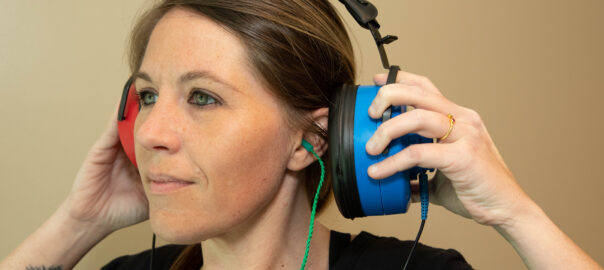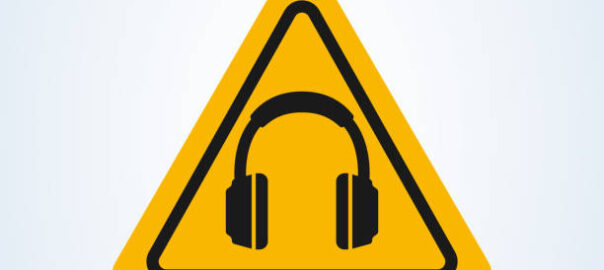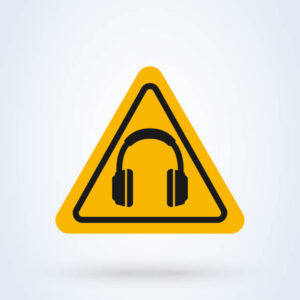In today’s workplaces, ensuring the safety and well-being of all employees, regardless of gender, is paramount. However, when it comes to hearing protection, the one-size-fits-all approach falls short, particularly for women. Workplace Integra’s Dr. Michele Alexander, a renowned Doctor of Audiology, aptly emphasizes this point, stating, “Unfortunately, the selection of hearing protection is not a ‘what is good for a goose is good for a gander’ type of situation.” In light of this, this essay explores the critical importance of providing correctly fitted hearing protection for women in the workforce, echoing Dr. Alexander’s call to invest in female workers’ hearing healthcare needs.
1. Tailored Protection for Women: Dr. Alexander’s assertion challenges the misconception that hearing protection can be standardized across genders. Women’s smaller ear canals necessitate specialized solutions that cater to their unique anatomical requirements. Without appropriately fitted hearing protection, female employees are at risk of inadequate noise attenuation, exposing them to the dangers of noise-induced hearing loss (NIHL) and related health complications.
2. Achieving Maximum Protection: The effectiveness of hearing protection hinges on correct usage. Dr. Alexander emphasizes that the “best hearing protector is the one that is worn correctly and consistently.” Ill-fitted protection not only compromises comfort but also undermines its ability to provide optimal noise reduction. For female workers, this raises concerns about their ability to achieve maximum protection and mitigate the risk of NIHL in noisy work environments.
3. Investing in Women’s Hearing Healthcare: Recognizing the importance of tailored hearing protection for women is a proactive step towards prioritizing their health and safety in the workplace. Dr. Alexander urges employers to view their female workforce’s hearing healthcare needs with the same level of importance as their male counterparts. Investing in correctly fitted hearing protection signifies a commitment to inclusivity and equity, ensuring that all employees have access to the necessary resources to protect their auditory health.
4. Promoting Consistency and Compliance: Comfort plays a pivotal role in encouraging consistent use of hearing protection. Dr. Alexander’s insight underscores the importance of providing women with options that prioritize both effectiveness and comfort. When female employees are equipped with hearing protection that fits correctly and feels comfortable, they are more likely to wear it consistently, thereby reducing their risk of NIHL and promoting overall well-being.
5. Fostering a Culture of Safety and Empowerment: Beyond regulatory compliance, investing in correctly fitted hearing protection for women fosters a culture of safety and empowerment in the workplace. By acknowledging and addressing the unique needs of female employees, employers demonstrate a commitment to creating a supportive and inclusive environment where all workers feel valued and respected.
Dr. Michele Alexander’s perspective highlights the urgent need for tailored solutions in hearing protection for women in the workforce. As employers strive to create safer and healthier workplaces, it is imperative to heed her call to invest in female workers’ hearing healthcare needs. By prioritizing correctly fitted hearing protection, employers not only mitigate the risk of NIHL but also demonstrate a commitment to equity, inclusivity, and the well-being of all employees, regardless of gender.






